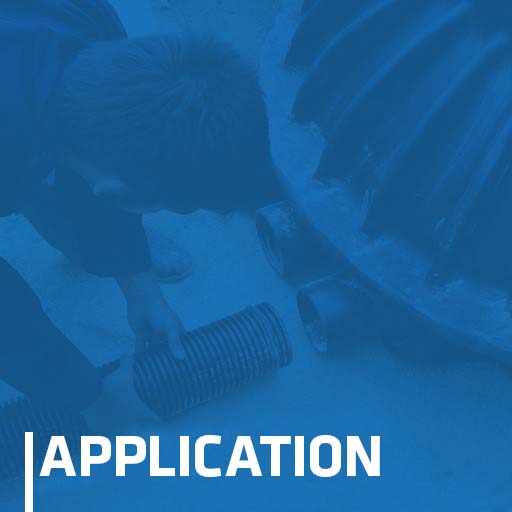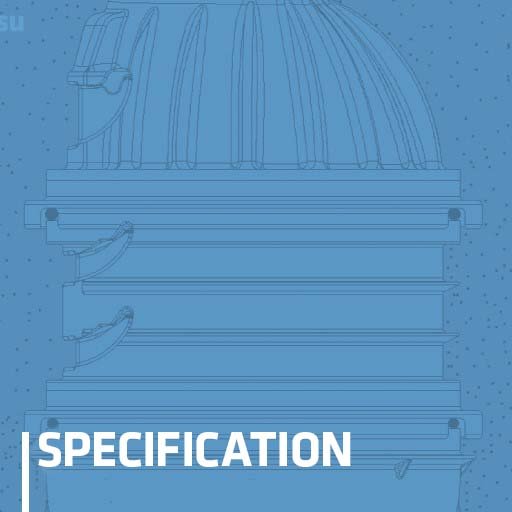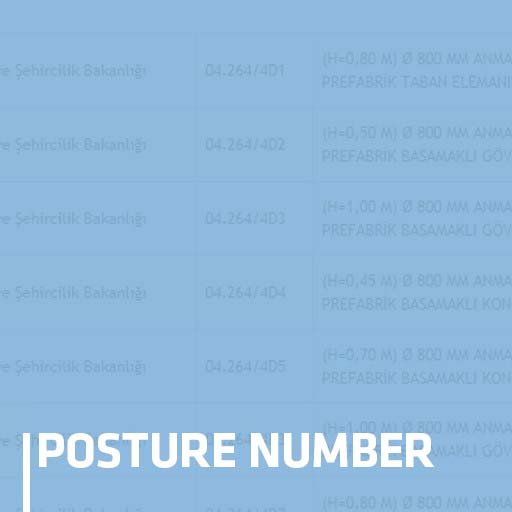Scope of application
In infrastructure systems, inspection units of various sizes, depths and shapes are placed in order to connect, observe and maintain pipes at regular intervals.
In sewer systems, telephone connections, water networks and electrical applications, a unit of appropriate size and shape can be placed on every street corner, at every house entrance, at intervals of up to 50 meters, depending on the situation.
Inspection manhole installation areas according to relevant standards
Suitable classes of manholes depend on the installation location. Different installation areas are divided into the following groups in the relevant TS EN 13598-2 and TS 1478 EN 124 standards. The locations of some of these groups in the highway environment are shown.
Guidance on which class to use for each group is given in parentheses. Choosing the appropriate class is the responsibility of the project designer.
Group 1 (class A15)
Areas used only by pedestrians and cyclists.
Group 2 (class B 125)
Footpaths, pedestrian zones and similar areas, car parks or car park pavements.
Group 3 (class C 250)
At the edge of the roads, in curb channels that enter a maximum of 0.5 m from the curb border towards the road pavement and a maximum of 0.2 m towards the pedestrian path.
Group 4 (class D 400)
Road pavements (including pedestrian streets), hard shoulders and parking areas for all road vehicles.
Group 5 (class E 600)
Areas subject to high wheel loads, e.g. ports, airport coverings.
All Subterra branded Floteks infrastructure products have TS EN 13598-2 certificate and can qualify up to E class, which is the highest traffic class.





